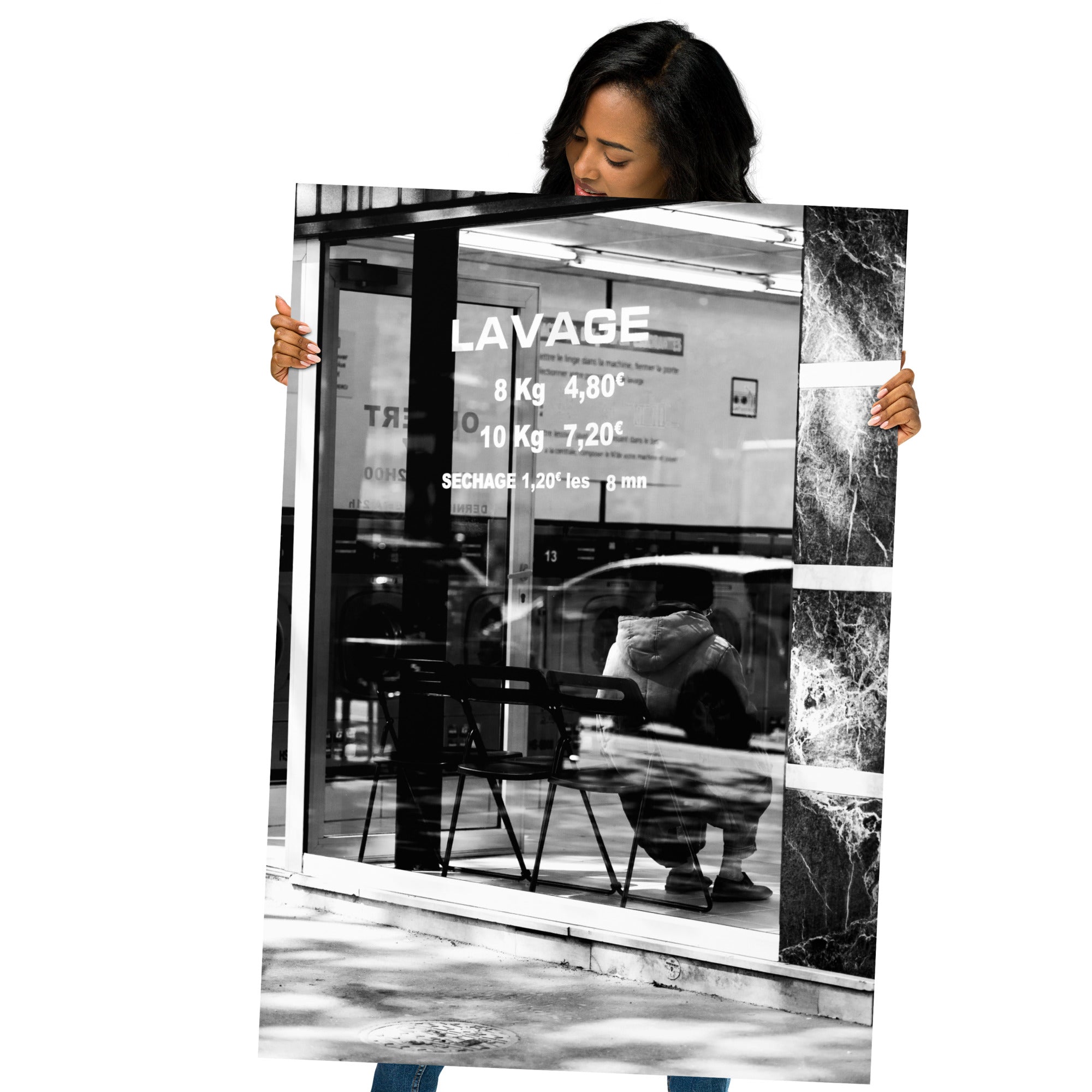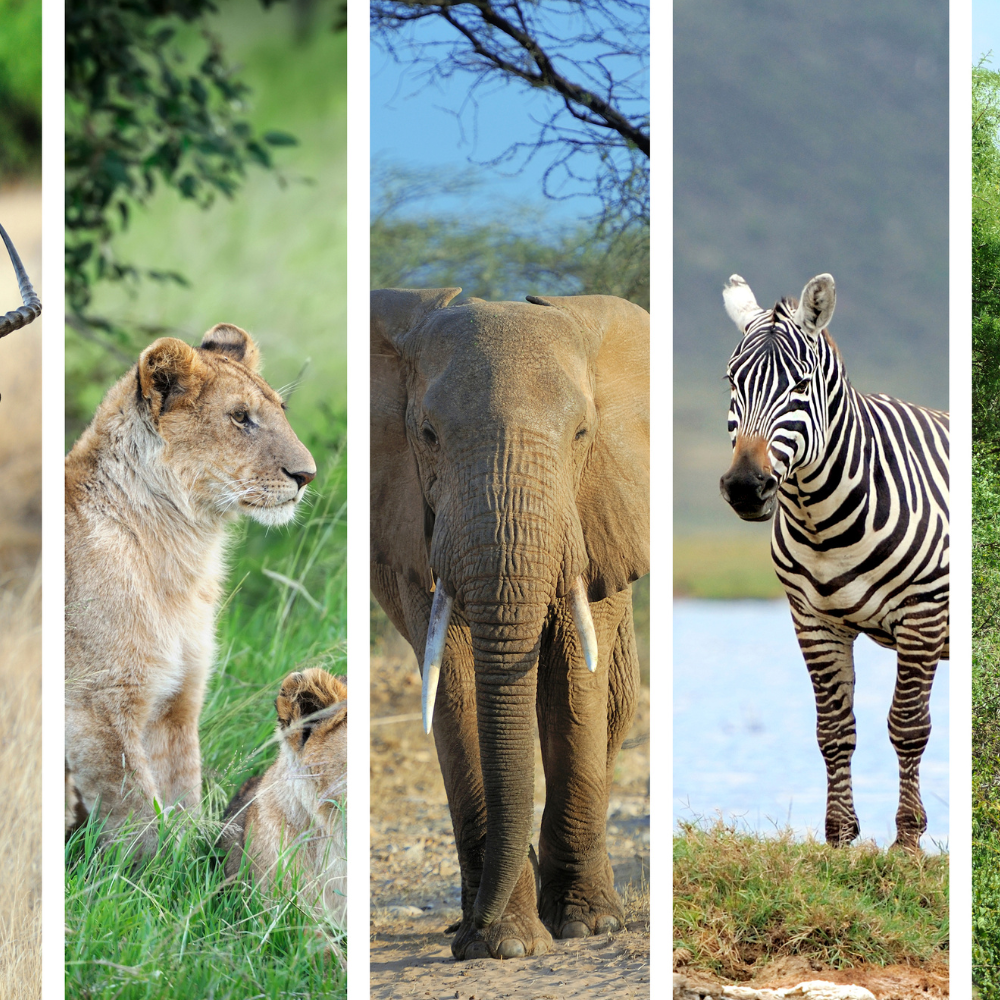Equine photography: capturing the grace and power of the horse
Equine photography is more than just a hobby for horse lovers. It's a way to capture the grace, power and elegance of these magnificent animals. Whether you are a passionate horse owner, a professional photographer or simply someone who appreciates the beauty of horses, equine photography offers a unique opportunity to capture these magical moments.
With the right technique and a little patience, it is possible to capture striking images that reflect the personality and soul of horses. Whether galloping across a field, lounging in the pasture, or relaxing in the company of their owner, these majestic creatures are always a source of inspiration.
In this article, we'll explore the different aspects of equine photography, from composition techniques to essential equipment to tips for showcasing the natural beauty of horses. Whether you're a passionate beginner or a seasoned photographer, you'll discover helpful tips for capturing the essence of these extraordinary animals through your camera lens.
Join us on this visual journey where we learn how to capture the grace and power of the horse through the art of equine photography.
The importance of understanding horses
To capture the true essence of horses, it is essential to understand their behavior and nature. Horses are sensitive and reactive animals, and it is important to create a calm and reassuring environment during the photo shoot. By learning to read horse body language, you will be able to capture authentic moments and create a connection with your subject.
Additionally, knowing the different breeds of horses and their distinctive characteristics can help you compose your images in a way that highlights their unique traits. Whether you're photographing a powerful purebred horse or a gentle pony, understanding their differences will allow you to capture their beauty more accurately.
Finally, working with equine experts such as trainers or horse owners can give you valuable insight into the equine world. Their expertise and experience can help you better understand horses and create images that reflect their true essence.
Essential Equipment for Equine Photography
Equine photography requires specific equipment to optimally capture the beauty of horses. Here are some essential things to consider:
1. A high-performance camera: To get high-quality images, invest in a DSLR or mirrorless camera with a high-resolution sensor. This will allow you to capture the finest details of the horses.
2. Suitable lenses: Fixed focal length and large aperture lenses are ideal for equine photography. A 50mm lens or a 70-200mm telephoto lens will allow you to capture detailed portraits and close-ups of horses in action.
3. A sturdy tripod: When photographing moving horses, a sturdy tripod is essential to stabilize your camera. This will allow you to capture sharp images even when using slower shutter speeds.
4. Practical accessories: Don't forget to pack useful accessories such as a lens cleaning cloth, extra memory cards and spare batteries. You wouldn't want to miss an opportunity to take a great photo because of insufficient equipment.
Take the time to fully understand your equipment and familiarize yourself with its features before embarking on equine photography. This will allow you to get the most out of your equipment and achieve exceptional results.
Tips for Capturing the Grace and Power of Horses
Equine photography offers many opportunities to capture the grace and power of horses. Here are some tips to help you get stunning images:
1. Capture the movements: Horses are graceful and powerful animals in motion. Try capturing these action moments by using faster shutter speeds to freeze motion or slower shutter speeds to create a soft focus effect.
2. Highlight the details: Horses have distinctive features that deserve to be highlighted. Pay close attention to horses' eyes, manes and muscles to create images that capture their unique beauty.
3. Experiment with light: Light plays a crucial role in equine photography. Try shooting early in the morning or late afternoon when the light is soft and golden. Avoid midday hours when the light is harsher and creates unsightly shadows.
4. Be patient and observant: Horses can be shy or easy to frighten. Take the time to observe them and let them get used to your presence before you start photographing. Be patient and wait for the right moment to capture unique expressions and behaviors.
Using these tips, you will be able to capture images that reflect the grace and power of horses in an authentic and moving way.
Choosing the Right Location for Equine Photography
Choosing the right location for equine photography can make all the difference in the quality of your images. Here are some things to consider when choosing a shooting location:
1. A natural environment: Horses feel comfortable in their natural environment, whether it is a green field, a flowery meadow or a wooded forest. Look for locations that offer picturesque landscapes and a relaxing ambiance for more authentic images.
2. Optimal light: Natural light is the key to beautiful equine photography. Look for places where the light is soft and well distributed, avoiding areas of pronounced shadow. Morning and evening glow are often ideal for creating magical images.
3. Consider safety: Make sure the location you choose is safe for the horses and yourself. Avoid areas with potential hazards such as railways or busy roads. The horses' safety and yours are paramount when taking equine photography.
4. Ask permission: When photographing on private property or equestrian centers, be sure to get permission from the owners or managers. Respect their property and their rules, and be grateful for the opportunity to photograph their horses.
By choosing the right location, you will be able to create images that showcase the natural beauty of horses while elegantly capturing their surroundings.
Working with horse owners and carers
When photographing equines, it is essential to work closely with horse owners and caretakers. Here are some tips for establishing a good working relationship:
1. Communicate clearly: Before the photo shoot, talk with owners and caretakers to understand their expectations and preferences. Also explain your own ideas and goals for the photoshoot to make sure everyone is on the same page.
2. Respect horses: Horses are sensitive animals and should be treated with respect. Be gentle and calm in their presence and avoid stressing them out. If a horse seems uncomfortable or reluctant, respect his space and don't force the situation.
3. Be grateful: Horse owners and caregivers are generally passionate about their animals. Show your gratitude to them for their collaboration and allowing them to share their love of horses with you.
By working in harmony with horse owners and caretakers, you will be able to create a positive atmosphere and capture images that reflect the unique relationship between horses and their caretakers.
Post-Processing Techniques to Enhance Equine Photographs
Post-processing is an essential step in creating exceptional equine images. Here are some commonly used post-processing techniques:
1. Adjusting levels and curves: By adjusting levels and curves in photo editing software, you can improve the contrast and brightness of your images. This will bring out details and give more depth to your photographs.
2. Color Balancing: Horses often have unique coat shades that can be enhanced through color balancing. By adjusting warm and cool tones, you can create a more harmonious visual atmosphere in your images.
3. Retouching Imperfections: Sometimes minor imperfections can be corrected to improve the overall appearance of the image. Use editing tools like Clone Stamp or Spot Corrector to remove unwanted distractions.
4. Selective Exposure: When photographing horses, there may be differences in exposure between the main subject and the background. Use selective exposure techniques to balance brightness and focus on the horse itself.
Remember, post-processing should be used sparingly to preserve the authenticity of your images. The main objective is to enhance your photographs and give them an optimal appearance while preserving the essence and beauty of the horses.
Present and sell your equine photographs
Once you've captured beautiful equine photographs, it's time to showcase and sell them. Here are some ideas to help you market your work:
1. Create an online portfolio: Design a website or online gallery to showcase your best equine photography. Organize your images by categories and add descriptions and stories to give depth to your work.
2. Participate in exhibitions and competitions: Look for equine photography exhibitions and competitions where you can submit your images. This will allow you to gain exposure and connect with other equine photography enthusiasts.
3. Collaborate with magazines and publishers: Send your photographs to equestrian magazines, book publishers or horse-focused websites. You may be asked to contribute articles or provide images for publications.
4. Create merchandise: Transform your photographs into merchandise such as art prints, calendars or greeting cards. This will allow you to reach a wider audience and
Educational resources for budding equine photographers
Equine photography offers a unique opportunity to capture timeless moments and share them with other horse enthusiasts. However, it's important to know how to present and sell your photography to make the most of your talent and passion. Here are some tips to help you present and sell your equine photography effectively:
1. Create an Online Gallery: An online gallery is a great way to showcase your work professionally. You can organize your photographs by theme, by season or by event and make them accessible to a wide audience.
2. Participate in horse shows: Horse shows are popular events where you can showcase your photography and meet horse enthusiasts. This is also a great opportunity to sell your work and make contacts in the field of equine photography.
3. Collaborate with equestrian magazines: Equestrian magazines are always looking for quality photographs to illustrate their articles. Contact the editors-in-chief and offer them your photographs. This can provide you with increased exposure and help establish your reputation as an equine photographer.
By following these tips, you will be able to present and sell your equine photographs professionally and effectively, while sharing your passion for these magnificent creatures with other horse lovers.
Conclusion: The beauty of equine photography
If you are a beginner with a passion for equine photography, it is important to familiarize yourself with the techniques and tips that will help you improve your practice. Fortunately, there are many educational resources available to help you develop your equine photography skills. Here are some of the most useful resources for budding equine photographers:
1. Books and Online Tutorials: Many talented authors have published books on equine photography, which cover a variety of topics from composition to lighting to digital editing. Free online tutorials are also available, offering practical tips to improve your equine photography skills.
2. Workshops and Training: Workshops and training are a great way to learn directly from equine photography professionals. You can participate in field workshops where you will have the opportunity to photograph horses in action, or take online courses that will teach you basic and advanced equine photography techniques.
3. Online Communities: Joining online communities of equine photographers will allow you to share your photographs, get constructive criticism, and learn from other community members. These communities also provide a great opportunity to network and find collaboration opportunities.
By using these educational resources, you can improve your equine photography skills and develop your passion for this unique art.







































































Leave a comment
This site is protected by hCaptcha and the hCaptcha Privacy Policy and Terms of Service apply.